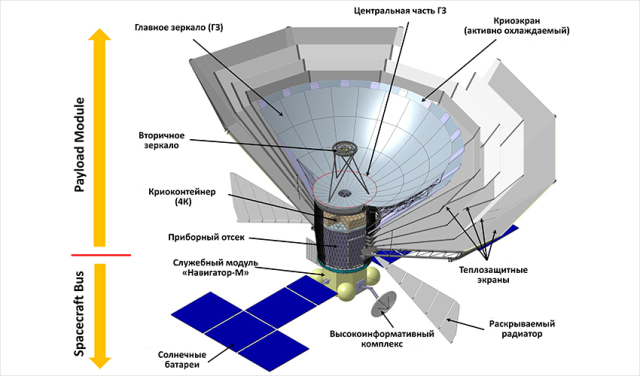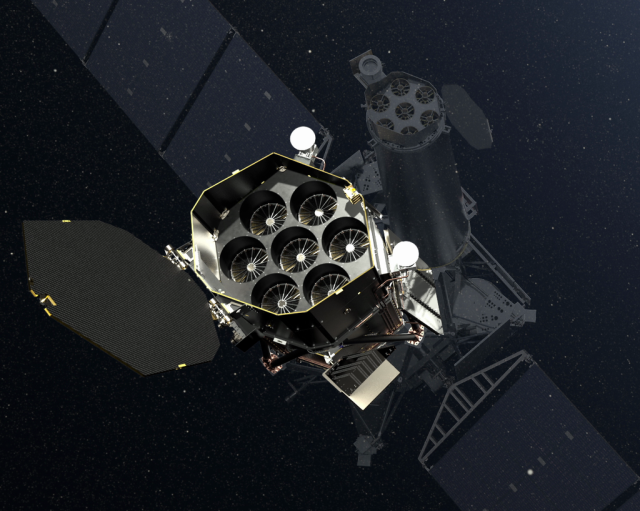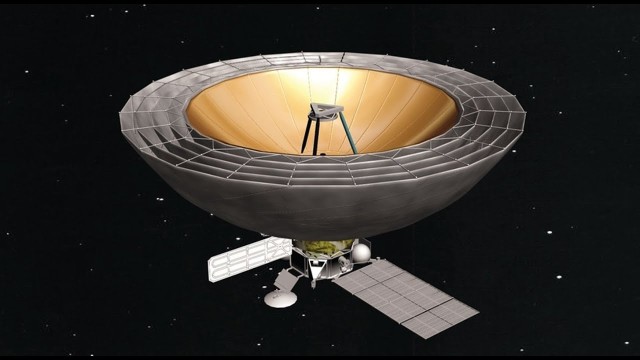According to the scientist, Russia will be able to launch the Millimetron space observatory only in the mid-2030s. Among the tasks of the device is the study of the global structure of the Universe.
The new launch dates of the Russian space observatory "Millimetron", known as "Spectrum-M", became known from the words of the head of the laboratory of Radio Astrophysics of the Special Astrophysical Observatory of the Russian Academy of Sciences Sergey Trushkin. "Even if all the money (for the implementation of the project. - Editor's note) were received this minute, the launch could probably be carried out only in the mid-2030s, " [...] RIA Novosti quotes the researcher's statement.
In 2013, the launch of the "Millimetron" was planned for 2019. The project's website now lists 2029 as the deadline (this information is probably irrelevant now). They want to launch the telescope from Vostochny using an Angara family launch vehicle. The goal is the L2 Lagrange point of the Sun-Earth system at a distance of 1.5 million kilometers from our planet.
"Millimetron" is a space observatory of the millimeter and infrared wavelength ranges with a cryogenic telescope with a diameter of 10 meters. It will study, in particular, the nuclei of galaxies, black holes, pulsars, relic radiation and traces of the formation of the Universe.
The device will be made on the Navigator-M platform, developed by specialists of the Lavochkin NGO. The mass of the Spektr-M telescope is 6,600 kilograms.

"Millimetron"
Image source: millimetron
Currently, Russia is actively implementing another significant astronomical program — space exploration with the help of the Spectrum-RG orbital astrophysical observatory.
The device was launched on July 13, 2019 from Baikonur. His goal is to build a complete map of the Universe in the X-ray energy range of 0.2-30 kiloelectronvolts.
In June, the program overcame another important stage: the Spectrum-RG observatory completed the third survey of the entire sky and moved on to the fourth. Experts note that the potential inherent in the project will allow the telescope to be among the best X-ray observatories for at least a decade.

Telescopes of the Spektr-RG orbital astrophysical Observatory
Image source: wikipedia
Recently [...], another remarkable event for the Russian space industry took place: engineers and enthusiasts have completed the design of a device that will look for traces of human activity on the moon. Among other things, experts will try to find traces of the American Apollo program and the Soviet Luna-9 station.

